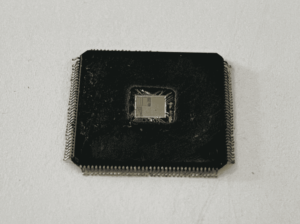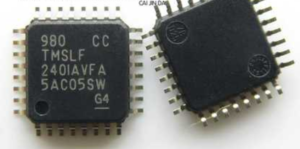Cracking Protected DSP Microcontroller TMS320LF2401 and attack embedded code from locked MCU tms320lf2401 flash memory, reverse TMS320LF2401 microprocessor cloning to provide the same functions.

Each device contains two watchdogs: CPU-watchdog that monitors the core and NMI-watchdog that is a missing clock-detect circuit. The user software must regularly reset the CPU-watchdog counter within a certain time frame; otherwise, the CPU-watchdog generates a reset to the processor.
The CPU-watchdog can be disabled if necessary. The NMI-watchdog engages only in case of a clock failure which can be applied for copying tms320f28026 microcontroller flash memory program and can either generate an interrupt or a device reset.
The clocks to each individual peripheral can be enabled or disabled to reduce power consumption when a peripheral is not in use. Additionally, the system clock to the serial ports (except I2C) can be scaled relative to the CPU clock.

The CAN module must be initialized before activation. This is only possible if the module is in configuration mode. The configuration mode is set by programming the CCR bit of the MCR register with “1”. Only if the status bit CCE (GSR.4) confirms the request by getting “1”, the initialization can be performed.
Afterwards, the bit configuration registers can be written. The module is activated again by programming the control bit CCR with zero. After a hardware reset, the configuration mode is active.

